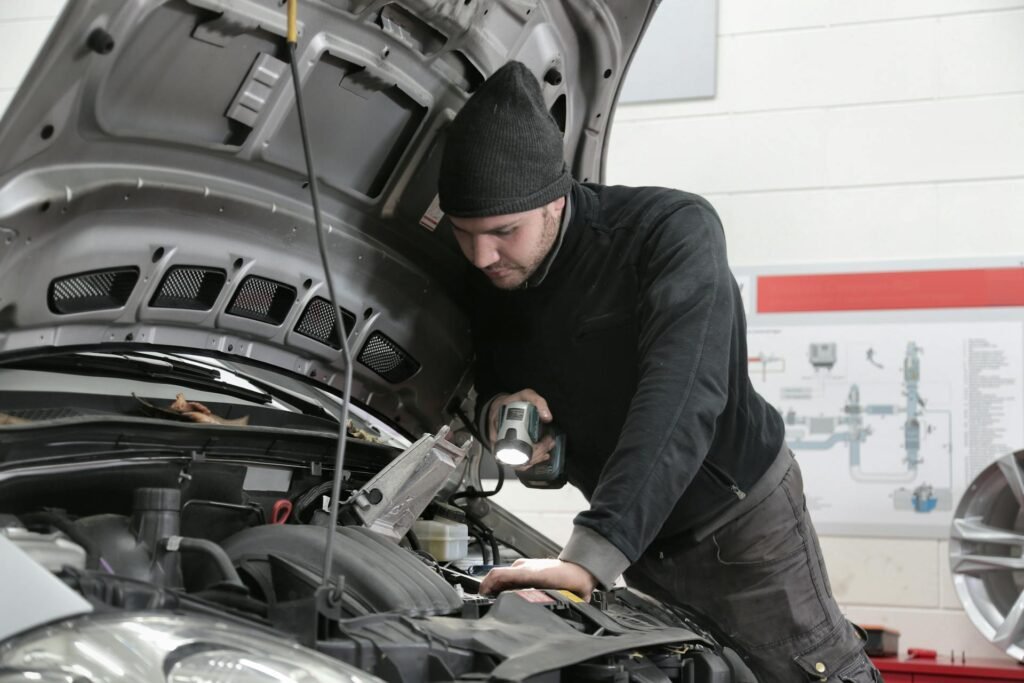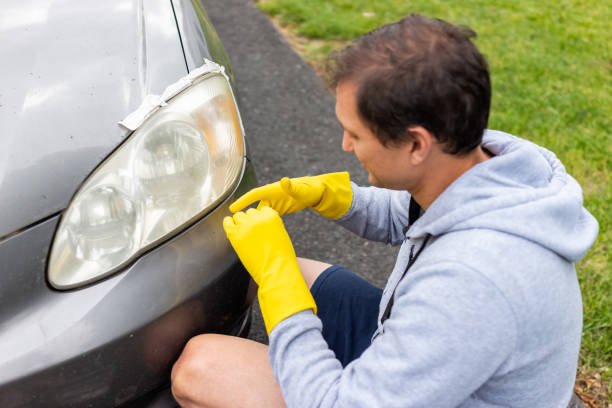What to Check on Your Car First for Safe and Confident Driving
So, you’re thinking about giving your car a little workout, huh?
Whether it’s a quick blast down a mountain road or a track day where you can stretch the legs of your pride and joy, there are a few things you might want to check first. You don’t have to raise the automobile, unleash your inner mechanic, or start flinging wrenches; I’m not talking about complicated mechanical stuff.
Make sure your car can keep up with you by doing a few easy driveway-friendly checkups. Consider it your vehicle’s version of foreplay; if you give it some love, it will reward you with optimal performance when you press the accelerator.
Before you send your car out, you might want to check a few things first. You won’t need to lift the car or crawl under it to do any of this – it’s all basic stuff you can handle in five minutes on your driveway.
You can use it as a baseline for track days, but it’s mainly focused on fast road driving.
Brakes
Point number one: your brakes. There’s no point in going fast if you can’t stop, right? There are a few items on this checklist, the most important being pads, discs, and fluid.
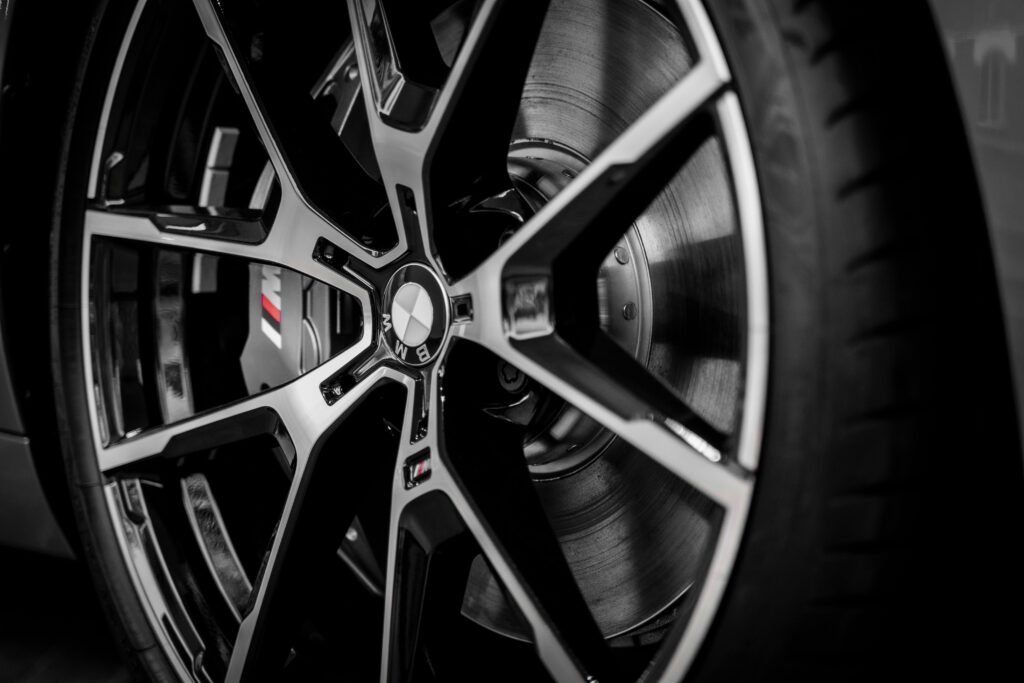
You can actually check the condition of your pads without lifting the car – assuming they’re wearing evenly. What a lot of people don’t realize is that there’s a brake disc and pad on each side of the wheel.
You can check the outer pad pretty easily just by looking through the spokes. As long as you keep an eye on this and think about replacing it when it gets low, you’ll be absolutely fine.
The same goes for the brake discs, with the same caveat about uneven wear. You can check the amount of lip on the outer edge of the disc by running your finger along it. The main purpose of brake discs is to dissipate heat, so as they get thinner, their ability to do that diminishes, and therefore, your braking performance drops.
This is super important on a track day, but even for fast road driving – if you’re planning to blast down a mountain pass, you’ll want solid heat dissipation.
Fluid is also important. Over time, brake fluid breaks down, and you should be replacing it every 2 to 4 years based on your car’s manual. But if you’re driving hard, consider changing it every 1 to 2 years.
If your car isn’t brand new, you can probably check the brake fluid easily by opening the hood and looking at the reservoir.
For modern cars like mine, you might need to check it on the computer, which can be annoying since you can’t see the color for yourself. But it’s still something to keep on top of.
Tires
The second checklist item for fast driving: tires. I think everybody saw this one coming, since tires are fundamental. Probably the most important thing about tires is your tire pressures.
If they’re not set appropriately, you’ll have reduced grip, increased wear, and an overall bad day. The pressure you decide to run depends on your car, its weight, tire size, manufacturer recommendations, and your personal preference for steering feel and chassis response.
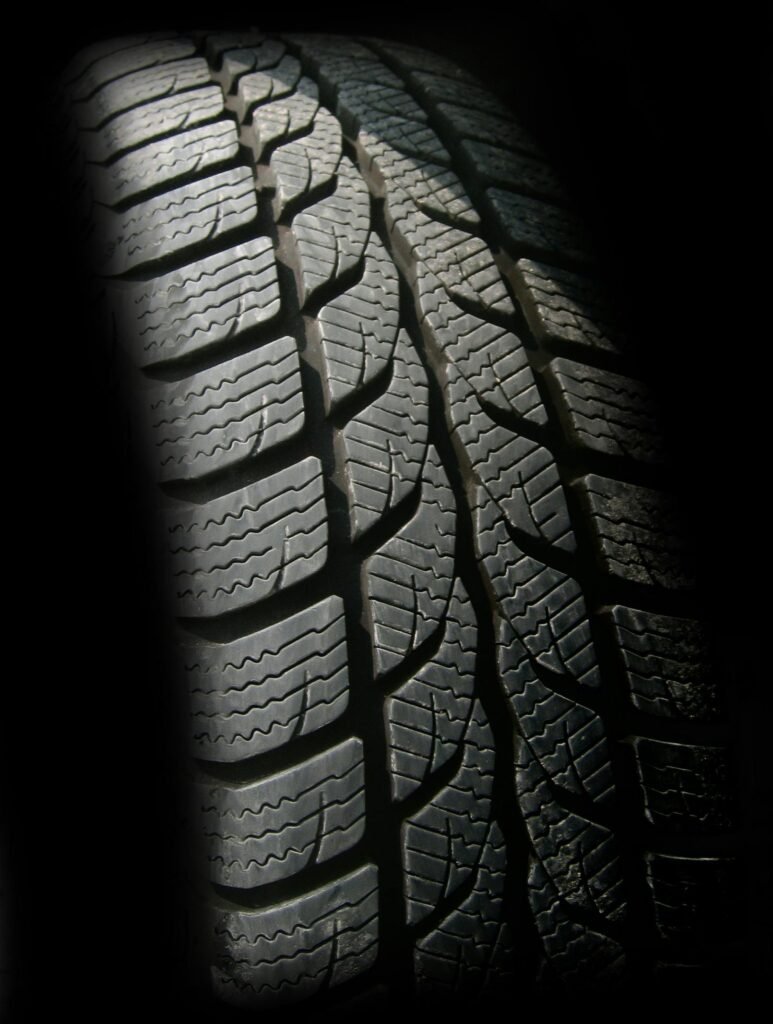
Checking tire pressure is easy with a pressure gauge, but if you don’t have one, most cars come with an inflation device in the trunk.
If you have a modern car, you can also check tire pressures in the gauge cluster, which is really useful. Besides pressure, you also want to check the tread on your tires – visually inspect for any cuts or damage, and check the tread depth. If you’re in the USA, you can use a penny for this.
One more thing, though it’s not really for a checklist: think about your choice of tire if you’re into fast driving. Just because it’s a Michelin doesn’t mean it’s great for fast road driving. If you want my recommendations, check out the Michelin Pilot Sport 5, Goodyear Eagle Asymmetric 6, or the entry-level Pirelli tire – I have these on my car, and they’re honestly quite good.
Suspension
My third checklist item: suspension.
This is the only one here that’s tough to check without a ramp. Realistically, the best way to check it is by driving the car and feeling for any issues.
Listen for knocks or rattles as you go over bumps – it could mean that some suspension components, like sway bar ends or anti-roll bar bushings, are wearing out. If you hear metallic knocking over bumps, that’s often a sign.

The same goes for chassis and suspension bushes, which can wear out over time. Front arms, rear arms, and even the subframe can wear down, leading to metal-on-metal contact sounds when driving over bumps. Also, check your alignment – if your steering wheel is slightly off-center, it’s not ideal for fast driving. A basic alignment can make a big difference.
Engine and Drivetrain
For your engine and drivetrain, there are some simple things you can do to keep them running smoothly during fast driving.
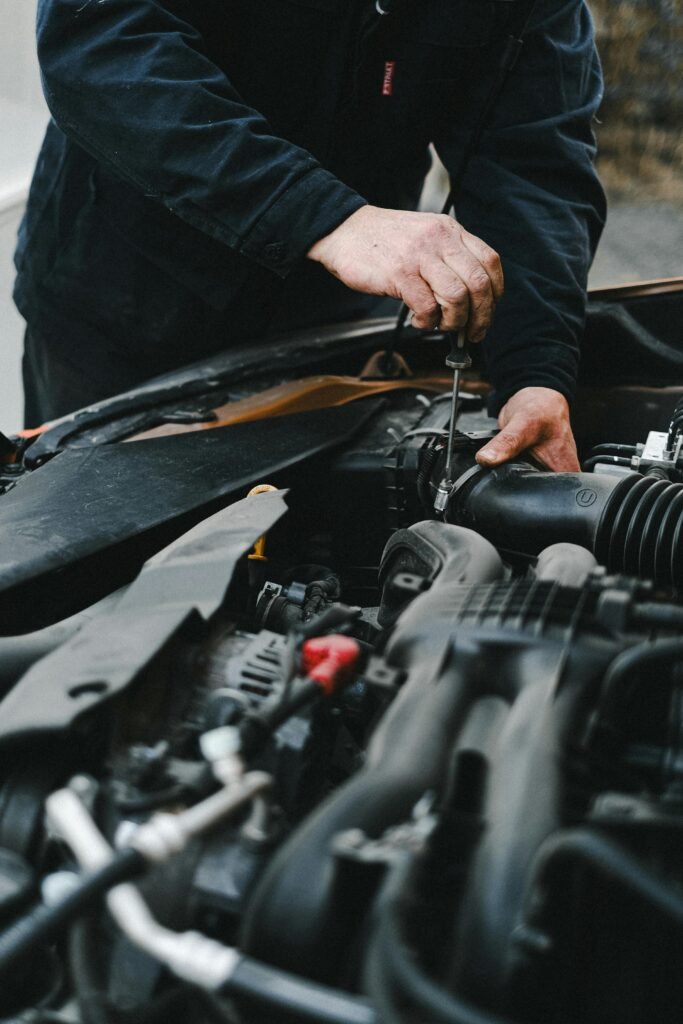
First and most importantly: oil. Don’t ignore oil leaks, and check your oil regularly. This is easy on most cars – pop the hood, pull the dipstick, wipe it, dip it again, and make sure it’s between the max and min lines.
If you have a modern car like mine, you might have to check it on the computer, so make sure the car is on a level surface.
Running low on oil can destroy your engine, and the harder you drive, the more oil consumption you’ll see. For anyone who loves fast driving or track days, staying on top of oil levels is critical.
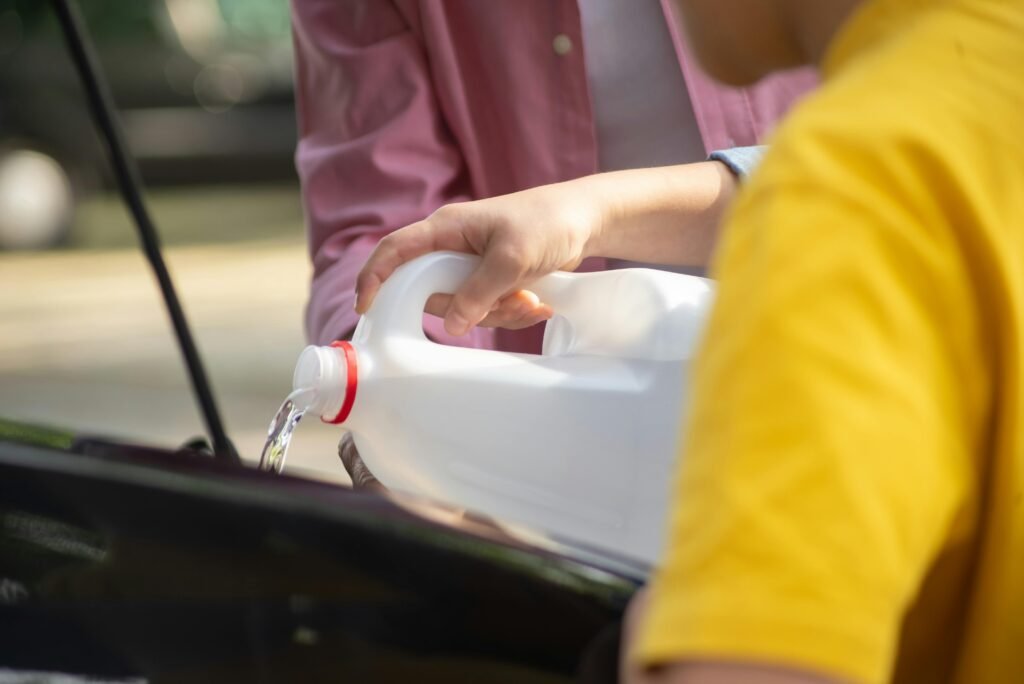
The same goes for coolant. Check the coolant reservoir and change it at the right intervals – usually every 2 to 5 years, depending on the car. Losing coolant can lead to overheating and expensive repairs.
If you have an automatic transmission, consider checking the transmission fluid as well. Many people think they’re sealed for life, but hard driving can break that down, so it’s worth checking with your car’s owner forums for maintenance advice.
Human Element
Finally, there’s the human element. Are you in the right mindset to drive fast?
If you’re feeling angry, don’t take it out on the throttle – it’s unsafe and risks the lives of others. Drive fast for yourself because you enjoy it, not to impress anyone.
Think about the physical setup inside the car, too. Loose items can be a hazard if they get under the pedals. Keep your interior clean and uncluttered to prevent things like a box of mints from jamming under the brake pedal in the middle of a drive.
The swift and the (hopefully) not angry are right there! When it comes to spirited driving, these easy inspections can have a significant impact.
Just keep in mind that your car is like a faithful companion; if you take good care of it, it will support you through all of your high-speed antics.
So before you play Vin Diesel on your favorite stretch of road, take five minutes to make sure your brakes won’t let you down, your tires are up for it, and your engine won’t blow up in protest.
Happy driving, and may your adventures be fast, fun, and mostly legal!

